In this Boot Camp guide we are going to cover the 10 most common types of boot soles. This visual guide was made to help clear up any confusion so that you can confidently make better shoe and boot buying decisions in the future. Anyone who has tried to figure out Red Wing sole types or wondered the difference between dainite vs commando soles will find this guide helpful. While there are more boot sole types than the ten we cover here but these are going to be your most common.
Leather Soles
Leather soles are known for their breathability and ability to mold and shape to your foot. This makes for a comfortable boot that fits like a glove over time. Leather soles are also the most formal of all the boot sole types and is a favorite with dress boots. There are three kinds of leather soles commonly used in men’s boots which we detail below with examples.
Single Leather Boot Sole: Edward Green Shannon Boots (Edward Green)
Single Leather Soles
Single leather soles are the most formal type of sole and what you’ll most often find in classic dress boots. Leather soles are slim, sleek and elegant. Single leather soles break in the fastest and their pliability allows the sole to conform to your feet over time for a comfortable custom fit. The downside is that single leather soles also wear down the fastest out of any other leather sole type.
Double Leather Sole Boots: Allen Edmonds Dalton (Amazon)
Double Leather Soles
As the name implies, double leather soles are made of two pieces of leather instead of just the one. What you get is a thicker sole that is stiffer and a litter harder to break in. The upside to a pair of double leather soled boots is that they are more hardwearing and last longer than their single leather sole counterparts.
Triple Leather Sole Boots: Grenson Fred (Amazon)
Triple Leather Soles
Triple leather soles are tougher, more resilient and take the longest to wear when compared to a single or double leather sole. Triple leather soles are the most causal of the bunch as they are usually clunkier and hold more visual weight.
Rubber Soles
Rubber soles can be found in boots of all types and are the most common alternative to leather soles. Rubber soles are durable, hardwearing and water resistant. The pros and cons of rubber soles are pretty straight forward. Their durability makes them ideal for work, hiking and winter boots. When compared to a leather sole, a rubber sole looks thicker and clunkier making them better suited for casual wear. The downside of a rubber sole is that it’s prone to cracking over time in which case the boots would have to be resoled.
Dainite Sole Boots: Thursday Boot Co. President (Amazon)
Dainite Sole
Dainite is a brand of sole made exclusively by the Harboro Rubber Co in England. Dainite soles are characterized by their low profile and round recessed lugs. The recessed lugs allows for a low profile that is much thinner than other lugged sole options. Because of their slim design Dainite soles are often used in dress boots.
Commando Sole Boots: Timberland Earthkeepers (Amazon)
Commando Sole
Commando soles are a very popular boot sole option thanks to their rugged profile, thick lugs and weather resistance. It’s not uncommon to see commando soles in everything from work to hiking boots. One defining characteristic of a commando sole is their large protruding lugs that provide great grip and traction. Along with adding plenty of visual weight to a boot’s profile, commando soles are also quite heavy and will result in a clunkier boot style.
Ridgway Sole Boots: Crockett & Jones Derwent II (Crockett & Jones)
Ridgeway Sole
Ridgeway soles are another hardwearing rubber sole option that is used in a variety of boot styles. They can be characterized by their thick protruding lugs and large ridge channels that offer great traction and stability. Ridgeway soles are more lightweight than commando soles but are thicker than dainite boot soles and will have a more raised profile. They can act as a good in-between option for those who need a hardwearing boot sole.
Leather & Rubber Combination Sole: Allen Edmonds Liverpool Chelsea Boot (Amazon)
Combination Soles
Combination soles are the "why not both?" option to leather and rubber boot soles. Combination soles vary by boot brand and style but are usually characterized by a leather sole with attached rubber parts in the heel and/or forepart. You’ll usually see combination soles in dress boots that want the formality of a leather boot sole but with the added traction and durability of rubber.
Other Common Boot Soles
Cork Nitrile Boots: Red Wing Iron Ranger (Amazon)
Cork Nitrile Sole
Cork nitrile soles are made of a mix of cork and rubber. This combination allows for a lightweight and slim sole that is also naturally oil and slip resistant. The popularity of cork soles came from the need for a leather sole alternative in work boots that had better grip and were less susceptible to wear. Many cork nitrile soles are smooth with no lines or lugs for traction. Because of this lack of grip, boots with cork nitrile soles aren’t the best for winter wear in icy conditions.
Christy Sole Boots: Danner Bull Run (Amazon)
Wedge Soles (Christy Soles)
A Christy sole or "wedge sole" is a popular sole style typically found in modern work and heritage style boots. These types of soles are commonly found with popular brands like Danner, Red Wing and Thorogood. Christy soles are characterized by their spongy feel with no defined heel. Instead of traditional heels, christy soles form a “wedge” that tapers down to the toe.
Christy soles have their pros and cons. They are generally anti-slip which makes them great for work boots. But they unfortunately have very little grip compared to lugged rubber soles, causing them to be less than ideal in winter boots. Since the soles are softer they also tend to wear out quickly with repeated wear.
Crepe Sole Boots: Clark's Desert Boots (Amazon)
Crepe Soles
Crepe soles are made of rubber and have a distinct "squiggly" pattern on the outsole. Crepe rubber soles have a rich and long history as the soles on British troop combat boots during WWII. They do not provide the best traction and should be avoided for wet weather or winter wear. But their common yellow/sponge characteristics can provide a great look in casual boots like the popular Clarks Desert Boots and other designer boots.
Types of Vibram Soles
It’s worth noting that Vibram isn’t a type of sole but a brand that makes many different shoe and boot sole styles. Vibram’s story begins in 1937 where Vitale Barman manufactured his first rubber outsole that could be used by mountain climbers. Today, Vibram is one of the largest sole manufactures in the world. They are known for their vulcanized rubber soles that provide great traction on mixed surfaces.
Vibram soles are used in everything from work boots to hiking boots. The brand manufactures their own rubber and gumlite sole versions of many popular styles. Types of Vibram soles include the Vibram Christy Sole (wedge sole) and Vibram Lug (commando sole). Keep this in mind next time you wonder the difference of nitrile cork vs Vibram as the brand itself makes many different types of soles and each has distinct properties that are worth considering.


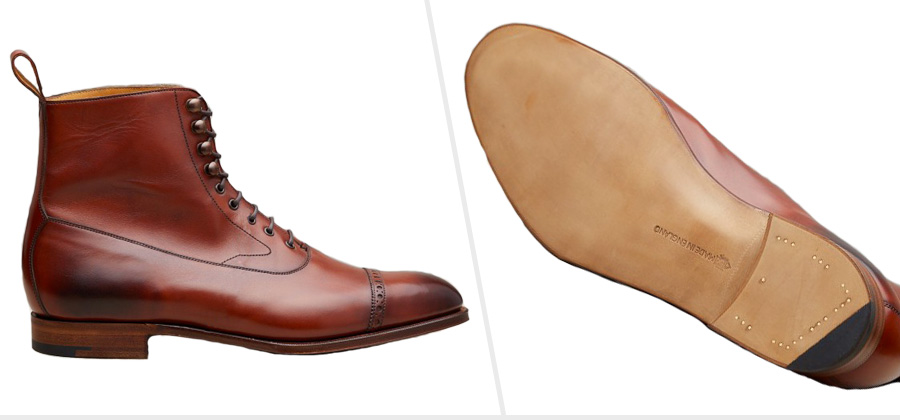

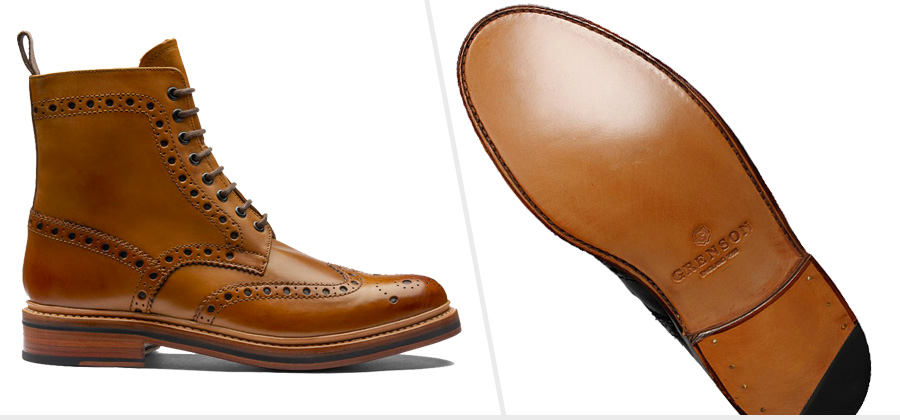
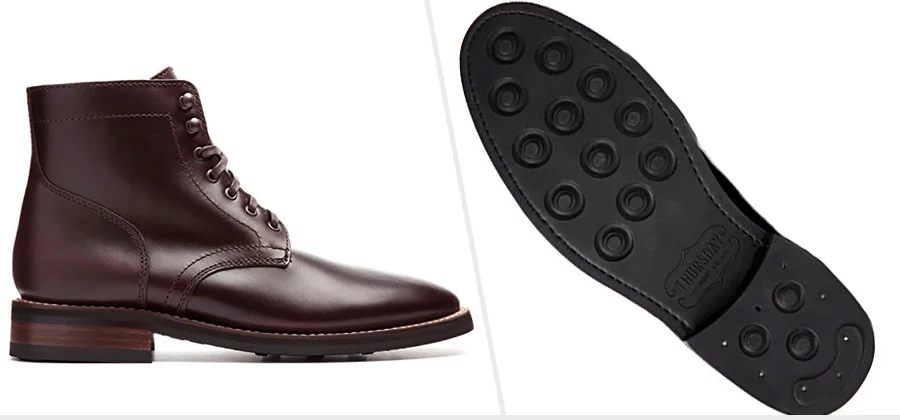

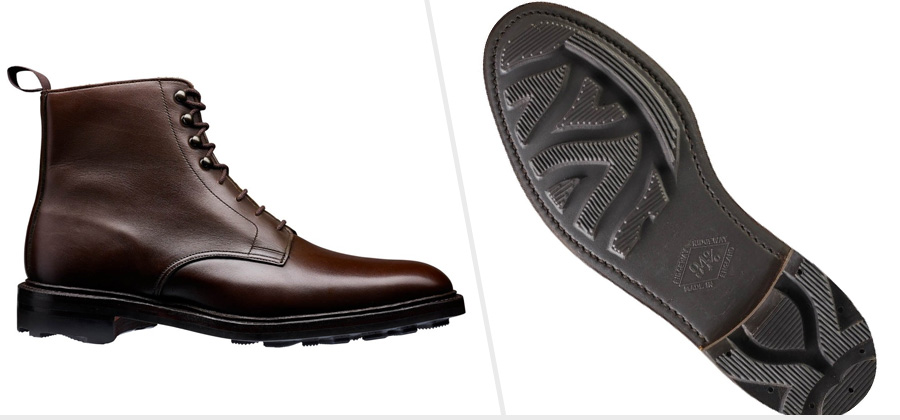






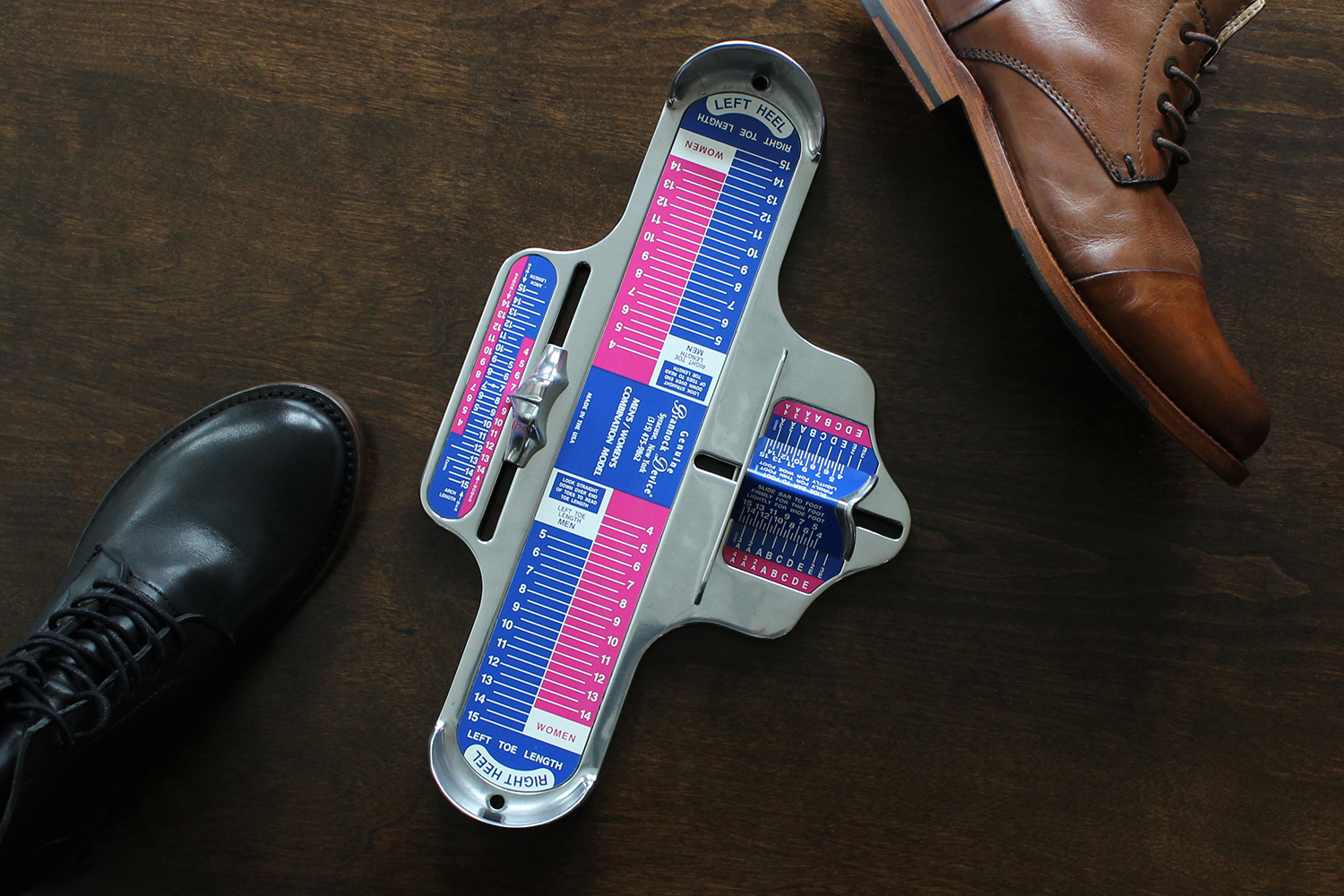



Explore the ultimate list of American made boots. We list the brands that offer Made in USA work boots, stylish heritage boots and western boots.